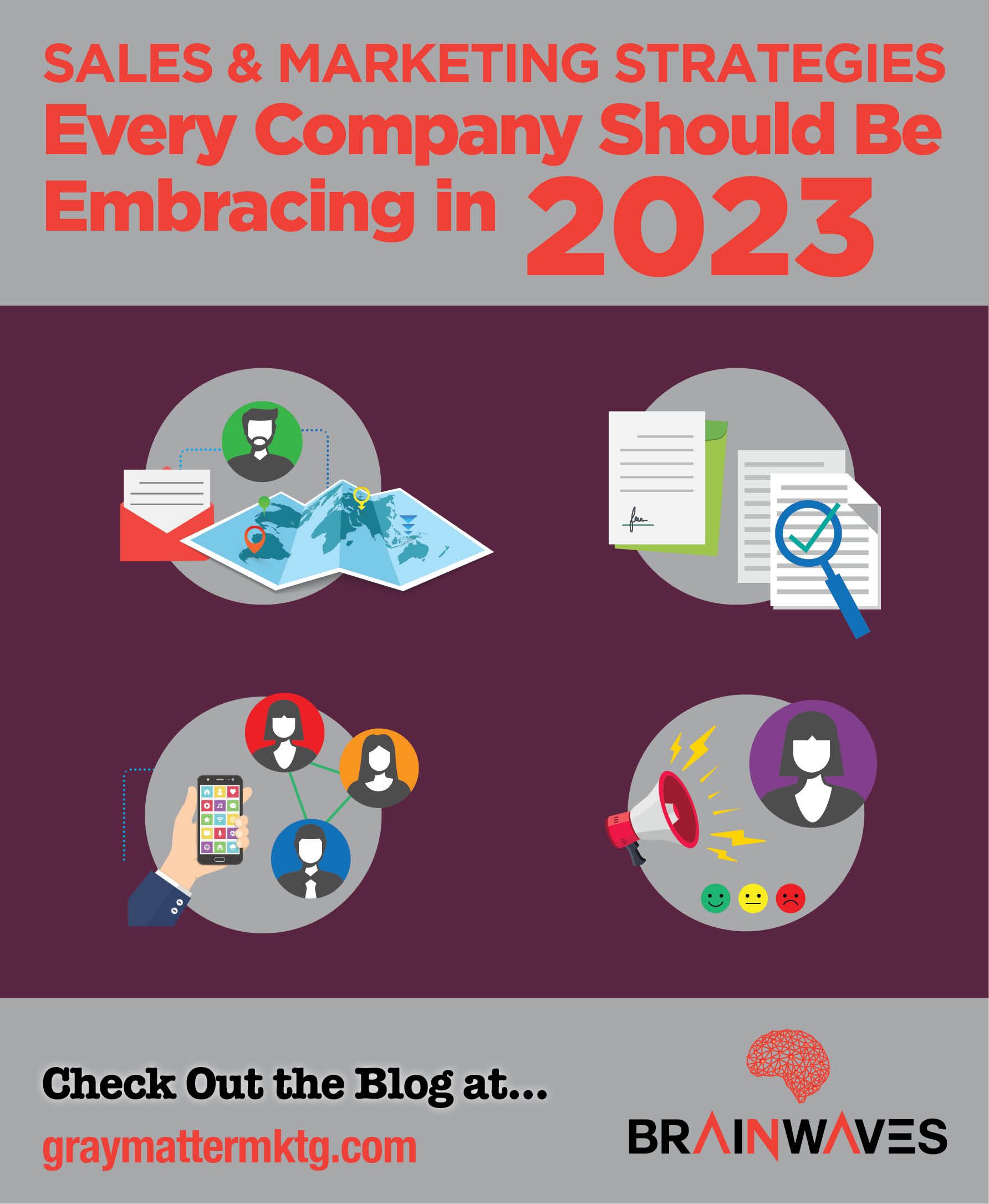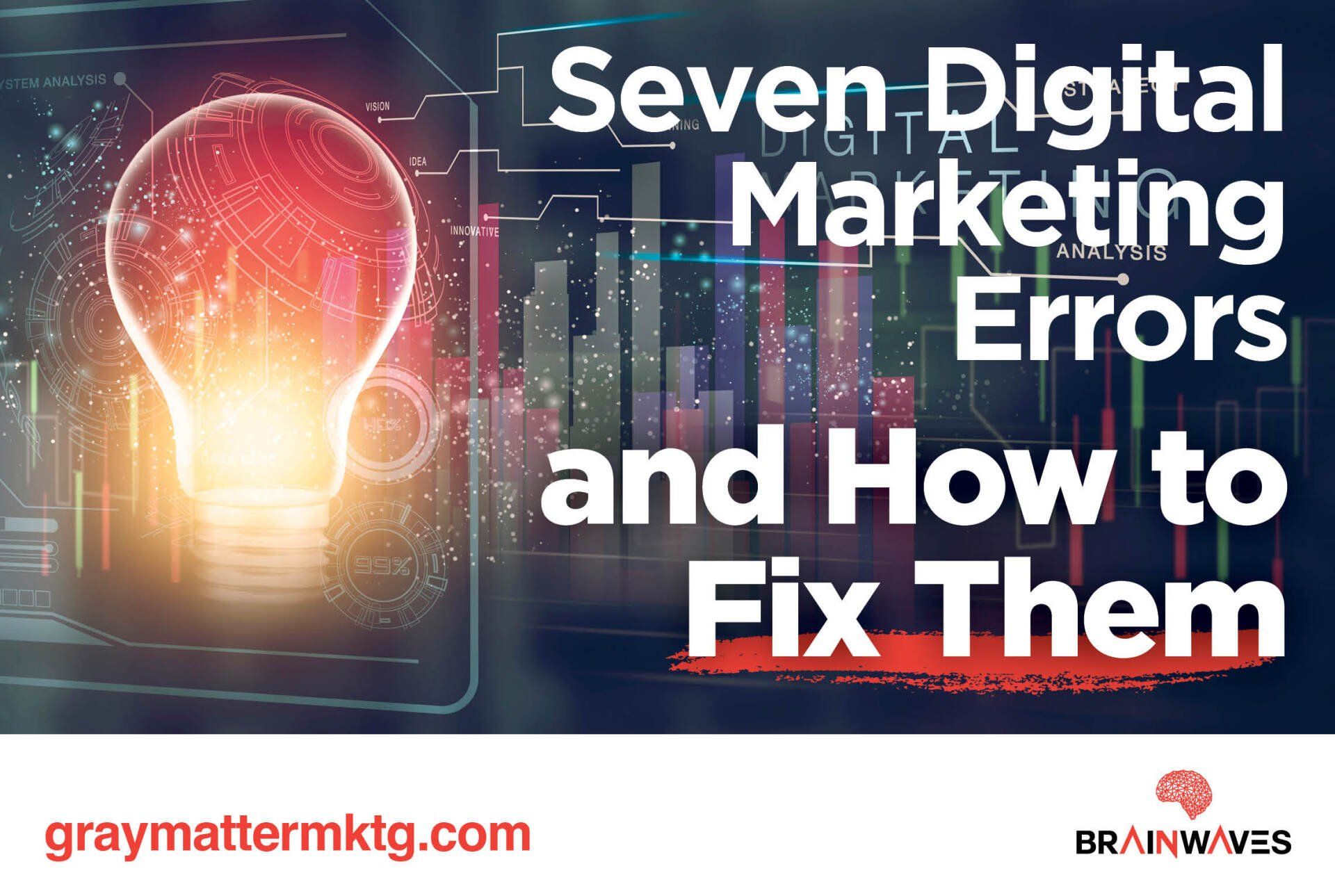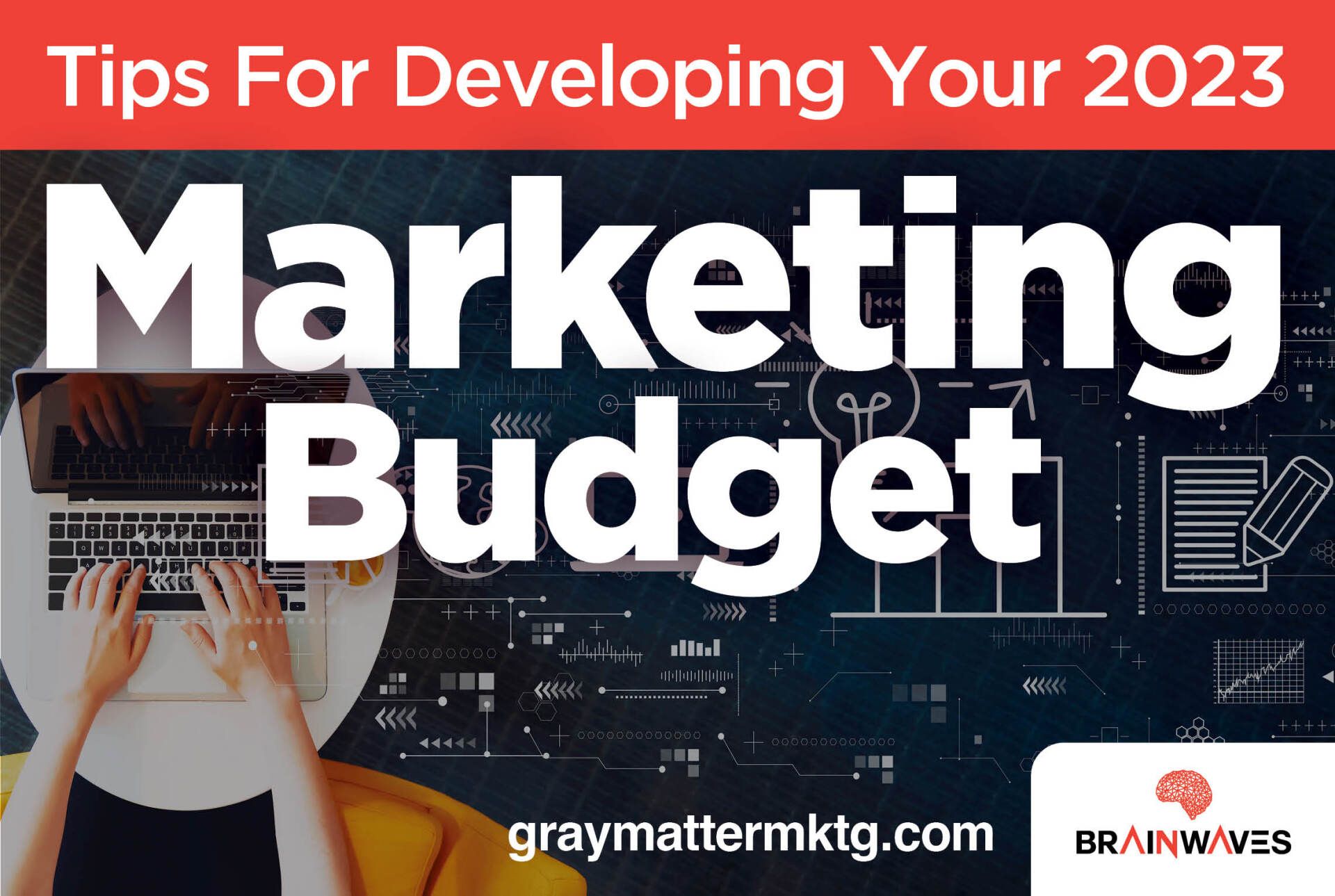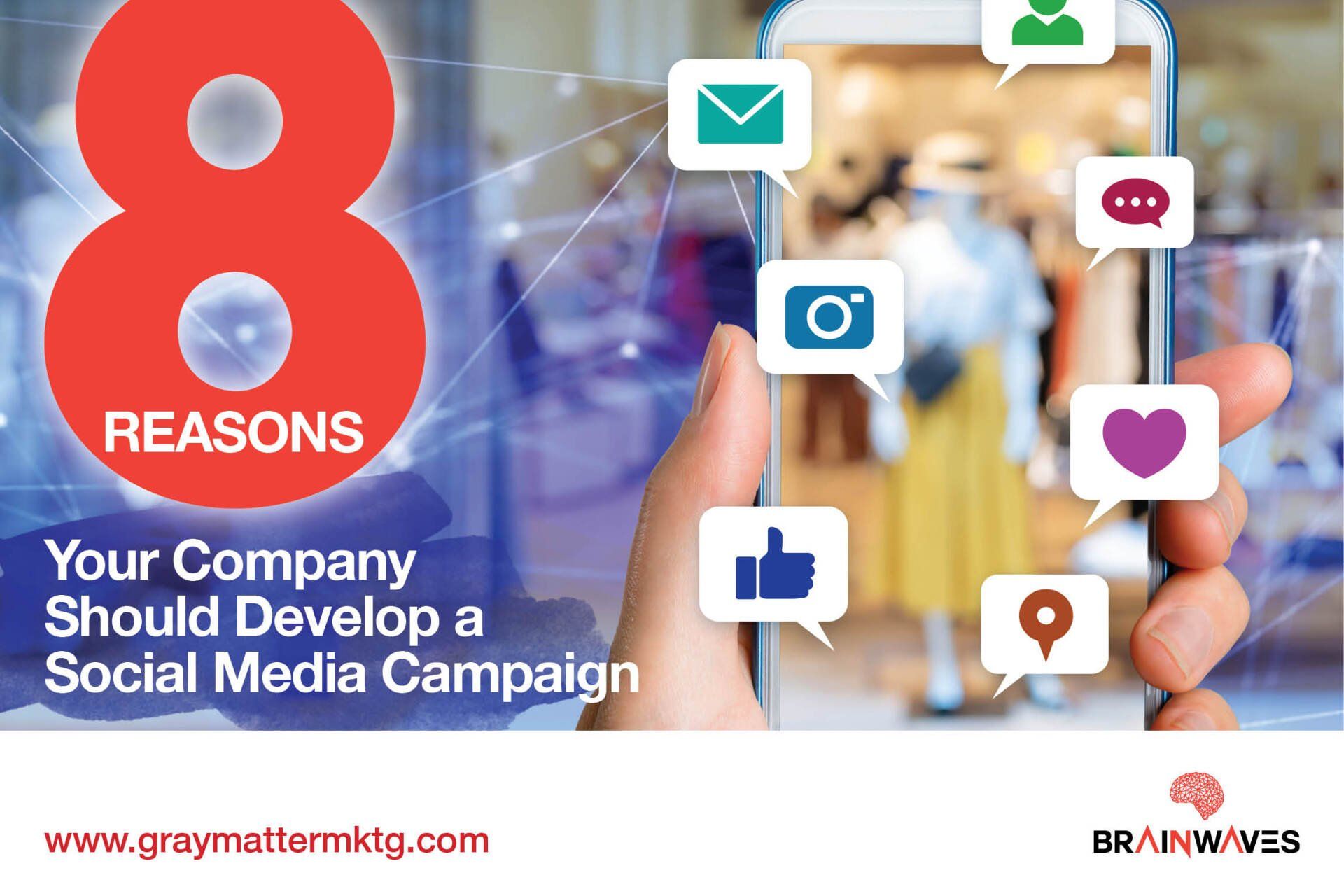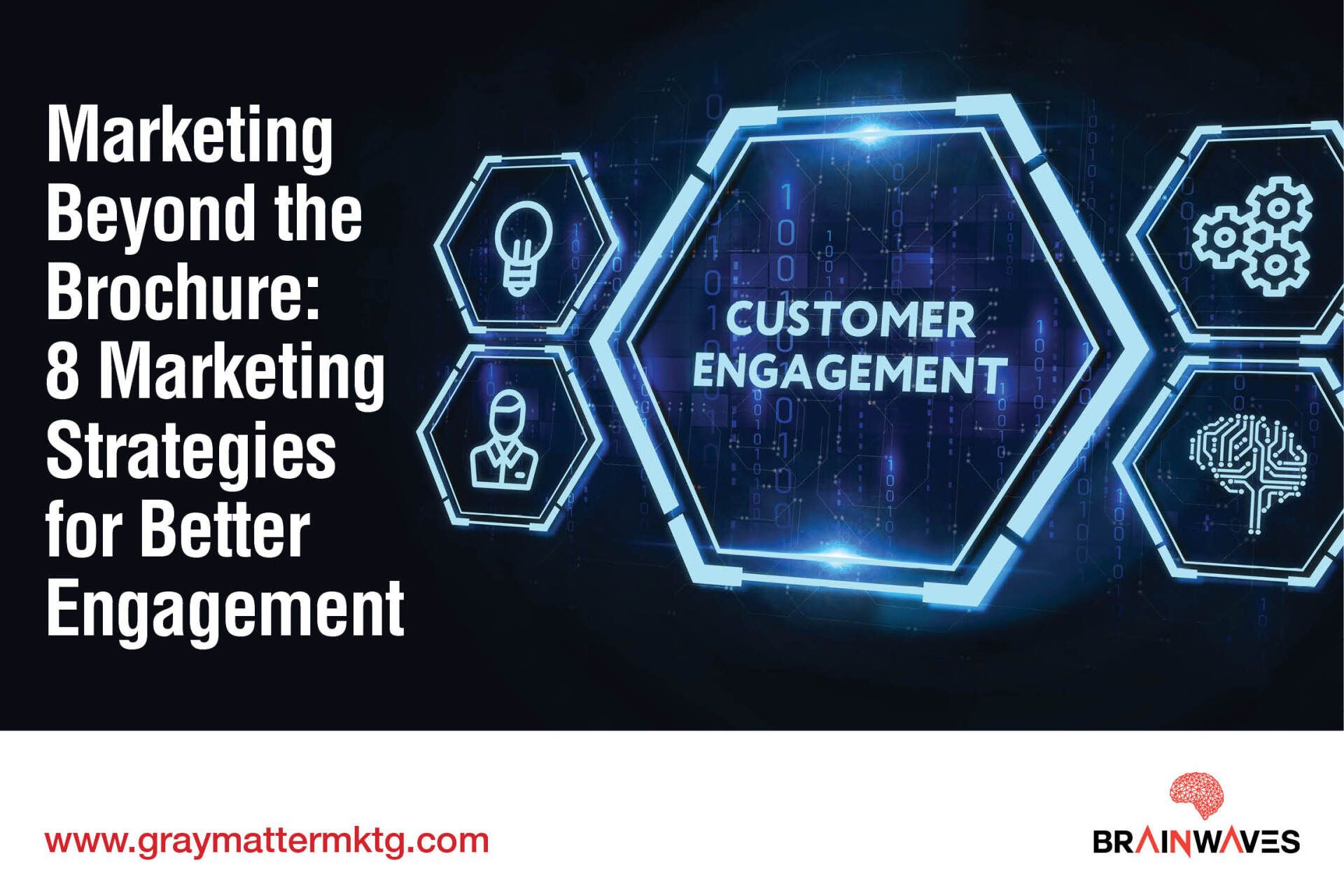Nine Marketing Trends to Watch For in 2022

As the world continues to recover and adapt after the last two years of disruption, we expect major economies to grow at a faster rate. Companies will be more optimistic in their marketing spend, which is great news.
If there is anything that the last two years have revealed is that an online presence for businesses today is crucial for survival. Websites and social media accounts are no longer trendy accessories, but essential channels of communication. Virtual events are now commonplace. Once companies have identified their customers, understand their needs, and have crafted a focused communication strategy and story, they need an online marketing path to get their message out. There also needs to be a method to quantify the ROI on the digital presence investment.
Based on developments in 2021, we’ve identified nine trends in the marketing space that are likely to dominate 2022.
1. Thought Leadership
For the part, people around the world are exposed to thousands of ads and brand messages every day. Both personally and professionally, I put up my defenses when I’m searching for a product to help me solve a problem but instead am bombarded with hard-selling tactics. Even worse, when they try to pressure me to make an immediate purchase despite not delivering on the why.
As you develop your content marketing strategy, consider replacing some of your “buy-me-now” or “let me tell you what you need” messaging with materials that help a buyer truly understand a general topic or challenge and build your credibility. You don’t even have to put your company or product name on these pieces – they found them on your channel or website or received them from a salesperson. If they find enough valuable educational content (new trends, a common problem explained in a simpler way, research that compares solutions, etc.) produced by an expert or even the whole company, they will start to see you as an expert within your business or industry field.
2. Video Marketing
We will see more businesses embrace video marketing as part of their online content marketing strategies. Videos will likely be short, playing to the narrative that the audience’s concentration spans are shorter. More of these videos will be shared on social media and featured on websites. But before everyone runs out and creates a video in your office, backyard, stationery vehicle, or shop, develop a plan. Make sure your video is personable, honest, unique, and valuable to your end user. Maybe pose a survey question and have the video provide the results of that survey.
You can always welcome customer videos to tout your brand as well. User-generated content has become more prominent in marketing circles. According to the State of UGC 2021 Report, 93% of marketers say consumers trust content created by customers over messages created by brands. It’s not a surprise that brands are running campaigns and challenges to encourage user-generated content. This trend will continue over the next few years so finds ways to get your customers to sing your praises.
3. Enhanced User Experiences
We’ve been talking about augmented and virtual reality for years but if social distancing has taught us anything, these technologies will become even more important. For the sci-fi geek in me, yea!!!
Augmented reality layers things in the real-world. IKEA is perhaps the most widely known brand that has successfully implemented AR technology. Customers can virtually place furniture in their spaces and see how they would look. This has a positive effect on sales because it makes the consideration process more exciting.
With virtual reality, a person puts on VR glasses and is immersed in a virtual world where they can interact with objects. Brands can build out their own immersive experiences or worlds where clients can view or sample products remotely. This will change how consumers interact with brands and more money will move from traditional advertising and flow towards building out VR. As VR devices become more common and affordable in the next decade, we will see greater use of virtual reality to drive purchase decisions.
4. Influencer Marketing
As pointed out earlier, video popularity has led brands to reorganize their marketing budgets. Part of the reorganization has been to involve influencers to popularize brands. The influencer industry is currently valued at $15 Billion and is snowballing. Social media companies are, in fact, paying creators to make high-quality and original content that will help keep users in their ecosystem. The battle is for people’s attention, which has a direct impact on revenue.
For companies without a huge budget, look for more creative ways to engage with influencers and get on their radars. First of all, understand who is influencing your industry or space and determine if they’re the right fit for your company. Follow them on social media; regularly comment on their feeds; reach out and have coffee if that’s doable; or send promo items or ideas for videos, posts, and podcasts.
5. Voice Search
According to Google, 27% of global internet users are using voice search on their mobile devices. 25% of American homes owned a smart speaker in 2018. Brands need to optimize their content for voice searches, which are currently in long form. As more people use voice searches to find quick answers, businesses need to create content to answer these questions.
Companies also need to think of the most likely questions that customers may be asking. There are several tools available to aggregate information about relevant searches in each industry. It removes the guesswork from content creation. The marketing team should work with their sales teams for this. Have them jot down frequently asked questions or send you customer texts and emails, so you understand the lingo and language.
6. Conversational Marketing
Conversational marketing refers to engagement with customers through real-time communication channels. These include live chat, voice assistants, and chatbots. In 2022, it is expected that brands will invest more in technology that supports conversational marketing.
There are multiple advantages of using conversational marketing including:
- Providing a more personalized experience
- Gaining more information as your buyers are shopping (this can help develop more targeted messaging and content on your website)
- Converting more leads
- Shortening the sales cycle by addressing questions and concerns
- Providing an opportunity to recognize a need and address it quickly
- Growing your sales pipeline
7. Live Streaming
There is something about live streams that make their watch time 250% higher than other forms of video content. They are engaging and people feel a connection to the speaker. Brands have a chance to authentically show themselves to their audiences. The challenge is being able to curate events that will appeal to audiences and achieve the objectives for which they are created.
Normally, the most engaging events are livestreams of product launches. These are great for products that consumers are excited about and are always looking forward to the next iteration. However, other brands have successfully held Q&A events where customers can ask questions to figureheads of an organization, which is obviously different from asking a sales representative. When executives of a company avail themselves of such events, the company appears transparent and progressive.
8. Hybrid Events
Over the last two years, many companies and global organizations have held their events virtually. People appreciated the beauty of attending work-related and entertainment events from home (in their pjs if they wanted). For some people, there might be a reluctance to go back to physical gatherings. On the other hand, there is a big urge to go back to physical events because it represents a reawakening or victory over the pandemic. And people like engaging with other people face-to-face.
The challenge for marketers is to cater to both sides through hybrid events. There is a new value opportunity that has emerged in providing live events coverage. Significant investment will be necessary to provide an immersive experience for online attendees. If an event has several sessions going on simultaneously on different stages, people want to be able to choose which one to tune into. They’ll also need proper two-way communication so they can chime in on discussions.
9. Don’t Forget Your Sales Teams
This one may be controversial. For a number of years, the majority of the trends that I’ve seen have been 100% focused on digital marketing, completely forgetting that humans need other humans to help them understand and engage with your brand. Just remember, just one bad experience can wipe out years of positive vibes of following you on LinkedIn.
Take the time at the beginning of the year to engage the sales force and ensure that they understand your digital marketing plan and have the right tools to reinforce the messaging that you’re putting out. Get regular feedback on how customers are reacting to what we’re saying and ask, “who do you know who might sing our praises”. If you never ask, you’ll never get it.
Readying your Brand for 2022
Indeed, the marketing industry is shifting fast but in very interesting ways. There has never been a more exciting team to be on. The space has been democratized and smaller brands with limited budgets have the chance to compete with brands that have millions of dollars to spend.
If your company needs help in developing a comprehensive marketing plan and deliverables for 2022, Gray Matter Marketing can help you plan and implement one. We will help you get a worthwhile return on your marketing investment.
